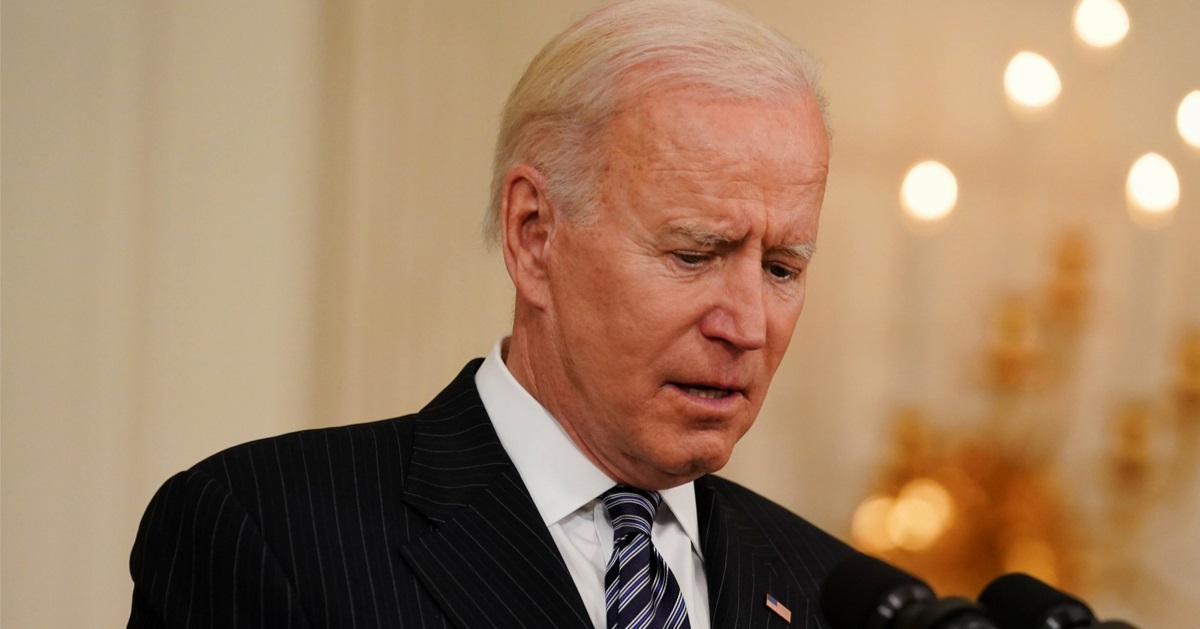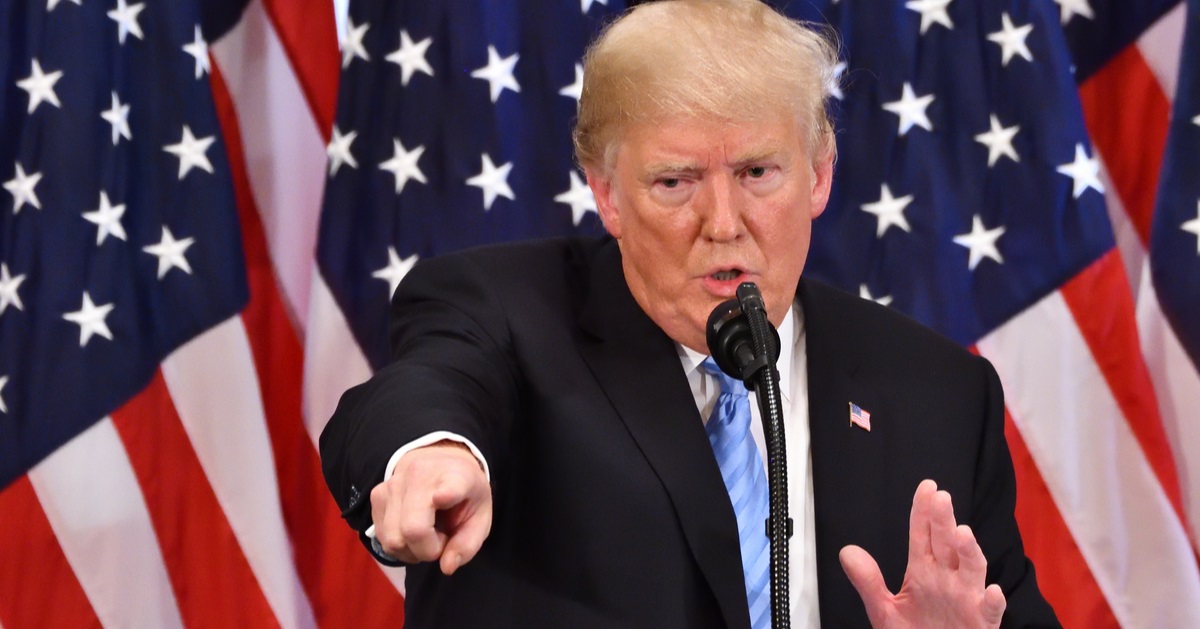DANIEL VAUGHAN: The "Bad News is Good News" Economy
As you may have noticed, recent inflation reports have risen slower than expected in the last few months. That's the good part. It's good news for the Federal Reserve, too. But they're focused on another set of "good news" these days. "That was a hell of a good week of data we got last week, and the key thing out if it is it's going to allow us to proceed carefully," Federal Reserve Governor Christopher Waller told CNBC.
That doesn't mean interest rates are dropping any time soon — far from it, in fact. "While he was encouraged by the recent reports on where prices are trending, he said they also indicate that the Fed can afford to hold rates higher until it is sure inflation is on the run."
Weakening economic data piles up.
CNBC Journalist Sara Eisen summed this attitude up best, "I guess "good week of data" for the Fed is bad data on the economy?" She's right. All the data these Federal Reserve officials pointed at, and which banks like Goldman Sachs analysts are using to cut their recession odds to 15%, point to slower economic growth.
The economic data lately has shown a dramatic decrease in the number of job openings (JOLTS data), "consumer confidence fell by the most in two years; the unemployment rate jumped three-tenths to 3.8%; and the Dallas Fed's regional manufacturing survey fell to negative 17.2."
Furthermore, "Challenger reported that job cut announcements surged to more than 75,000 in August, more than triple the level reported both in the previous month and in the same month a year ago." And this doesn't include the revisions made to past jobs reports, which showed those reports overstated the jobs gained by 306,000.
The Fed cheers on the weak economic data.
All the jubilation from Federal Reserve officials and market analysts seems wildly early. CNBC journalist Kelly Evens argues persuasively, "Not only is the slowdown still coming, but a "hard landing" cannot yet be ruled out. The so-called 'three bears' are lurking over this apparent goldilocks economy, warns Piper Sandler's chief global economist, Nancy Lazar. They are: the Fed's tightening, the massive jump in interest rates, and the bank lending pullback post-SVB's collapse."
That's not to say we're in a recession. The U.S. economy remains resilient against a backdrop of the worst inflation in a generation and the fastest rate hikes in American history. The Wall Street Journal opened a piece on the resilient U.S. economy by observing, "There's a saying that economic expansions don't die of old age: They're murdered by the Federal Reserve. If that's the case, then the U.S. economy is outrunning its would-be assailant this year."
The Fed puts cement shoes on the US economy.
But there's also little doubt that the U.S. economy is running slower this year than during peak inflation. And the Federal Reserve's rate hikes are likely just now starting to take hold of this economy, with the Fed explicitly trying to encase a runaway economy with cement shoes to slow it down.
The thing about cement is that it starts wet, and you can move around in it, sometimes effortlessly. But over time, that wet mixture drives and locks in place. Slowing employment figures and a shift in consumer spending are expected to continue. Bad economic news is another way of saying the concrete is hardening.
Reuters reports that the slowdown is coming for consumers. "The current pace of increase in consumer spending is, however, unlikely sustainable. Households are drawing down excess savings accumulated during the COVID-19 pandemic. Student debt repayments resume in October for millions of Americans and higher borrowing costs could make it harder for consumers to keep using credit cards to fund purchases."
Reversing the COVID-19 Mistakes.
During the COVID-19 pandemic, the Federal Reserve pumped more than $2 trillion into the U.S. economy to offset lockdown policies. Since the start of interest rate hikes in March 2022, the Fed has struggled to put that genie back into the bottle to tame red-hot inflation.
The WSJ astutely points out, "Just like a hot economy didn't prevent inflation from coming down, there is no guarantee that a cooler one will push it below 2%." The resilient U.S. economy allowed the Federal Reserve to raise rates quickly. Now that inflation has slowed, though still above target, the question is, when are the underlying factors causing inflation fixed?
No one at the Federal Reserve, Treasury Department, Congress, or White House knows the answer. That's why we're treated to "higher for longer" quotes from Fed officials about dealing with inflation. If they cut rates tomorrow, the fear is that inflation will return. Rising oil prices will guarantee that in the short term, at least on headline inflation.
Weak economic data hurts the average American, not the Federal Reserve.
And so that puts us in the current quandary. The Federal Reserve is cheering economic data that is technically bad. Rising unemployment figures slowed manufacturing numbers, and more helped cool inflation. Fed Chair Jerome Powell has preached a message of economic pain in the past, suggesting the only way out of this was sustained job losses.
We're finally seeing the fruits of the Fed's labors, and the weakening economic data is cheered. The problem is that economic data that is bad like this hurts the average American. Cheering on bad news because it helps clean up inflation is an interesting tactic, but it's also unsustainable. The Federal Reserve can preach "higher for longer" all it wants. If this cool-down accelerates, the political pressure for it to pivot towards a dovish policy, no matter what it does to inflation, will rule policymaking.
Cheer on the bad economic data now. The bill always comes due sooner or later.






